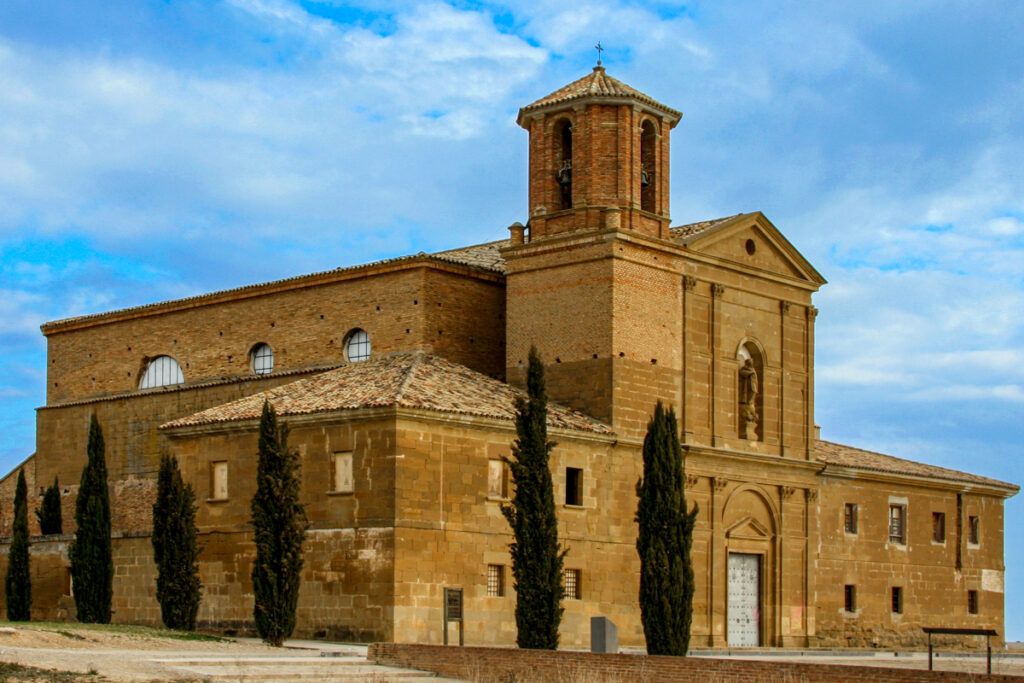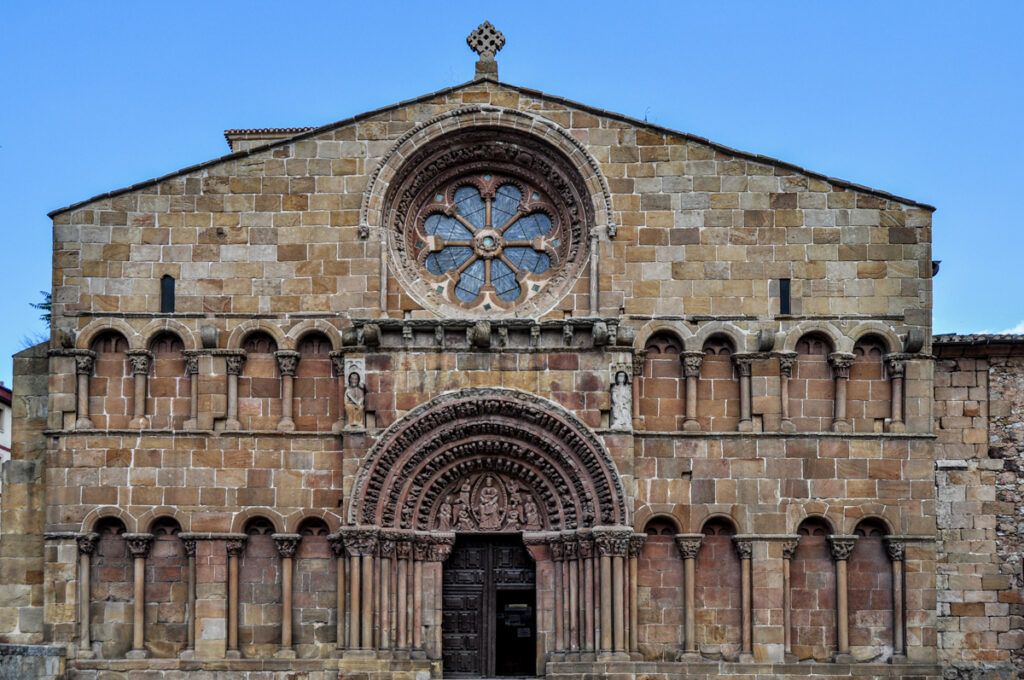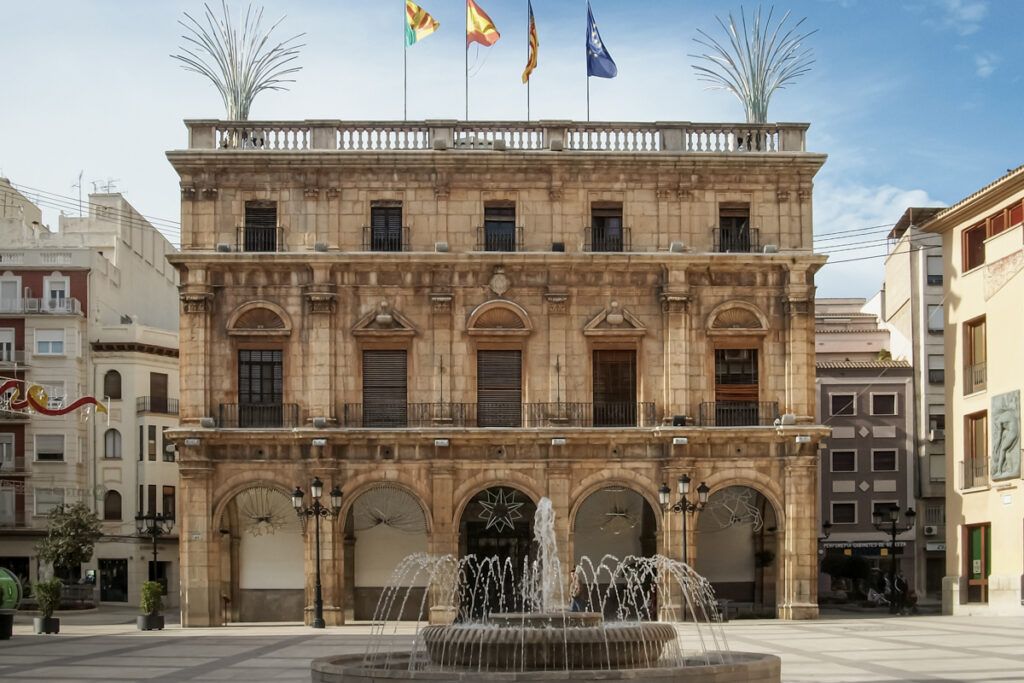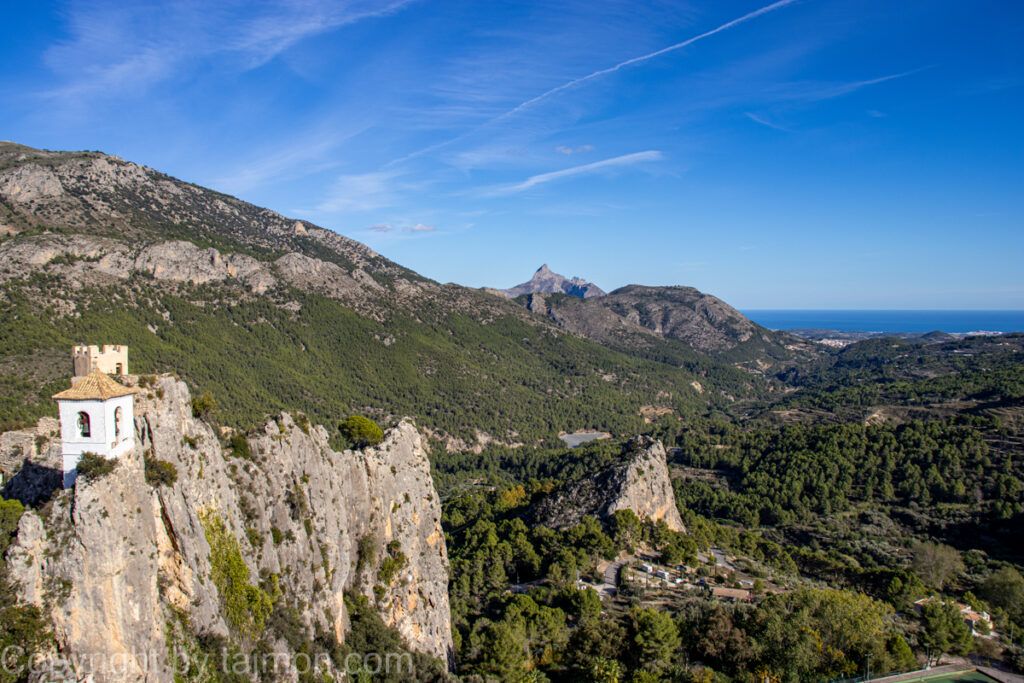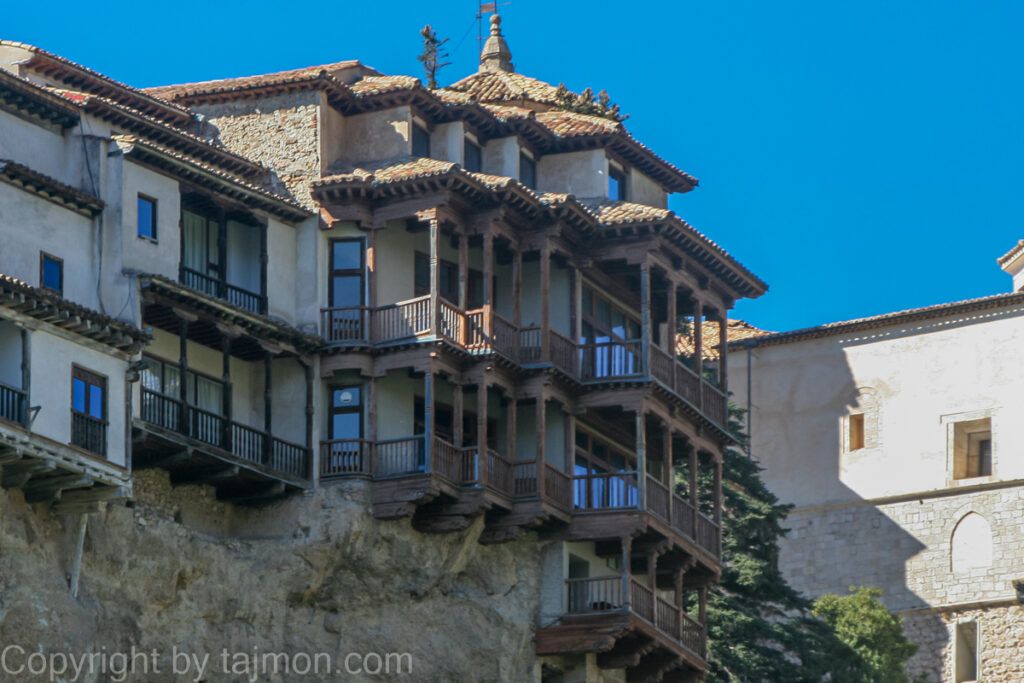Iglesia de San Pedro
The Iglesia de San Pedro is a 14th-century church belonging to the Mudejar architecture in Aragon, listed as a UNESCO World Heritage Site. Its bell tower, the Torre de San Pedro, is the oldest example of Mudejar in Teruel and dates back to the 13th century. The interior of the church was decorated between 1896 and 1902 in the modernist neo-Mudejar style by Pablo Monguió Segura and the plastic artist Salvador Gisbert, who also built a new monastery. In one of the side chapels, Los Amantes de Teruel were laid to rest. Since 2005, you can visit the mausoleum of Los Amantes, a museum built next to the church.
This church is located in the former Jewish quarter and has an interesting bell tower and Gothic and Mudejar architectural elements, such as the presbytery of the church. Due to its features, it is considered a Gothic-Mudejar monument. It is one of the great Gothic churches in Teruel, considered the younger brother of the Santa María Cathedral.
Its construction dates back to the 14th century, on the site of an earlier Romanesque church, documents of which exist from 1196. The Church of San Pedro typologically belongs to the group of fortress-churches, whose plan, derived from Levantine Gothic, adapts to defensive needs by placing a tribune over the side chapels, related to the parish church in Montalbán.
It thus has a single high nave with five sections with side chapels between buttresses. These chapels open with windows. Light also enters the church through oculi placed in the upper part. On the outside, its presbytery of seven sides can be seen. Its Gothic-Mudejar decoration consists of friezes with mixtilineal arches, ceramics, and a brick finish in the cornice.
The tower is similar to the cathedral tower, it is a gate tower with a square plan, open with arches in the lower part and decorated with intersecting semicircular arches, niches ending in a semicircular arch, and glazed ceramics in green and purple. The buttresses are adorned with octagonal Gothic pinnacles and star ceramics. Conrat Rey and Gonzalvo de Vilbo, masters who usually worked for the Fernández de Heredia family, participated in its construction.
The interior of the church is covered with a cross-ribbed vault reinforced with pointed buttress arches and conveys a great impression of unity and spaciousness. In the western gable wall of the church, a large rosette opens in the upper part and the main entrance in the lower part, opened by a straight-line lowered arch, framed by pointed and extended archivolts, finished with a peak and flanked by pinnacles, while the second entrance is located in the Gospel wall and has a structure similar to the one described, but smaller in size. In the church, you can admire antique furniture, paintings, sculptures, and documents that testify to the history and culture of the city.
Among them, it is worth mentioning the painting of the Virgin Mary with the Child, the work of Juan García Martínez, the sculpture of St. George, the patron saint of the city, the work of Aniceto Marinas, or documents related to the fuero, a legal and tax privilege granted to the city by King Alfonso II in 1176.

